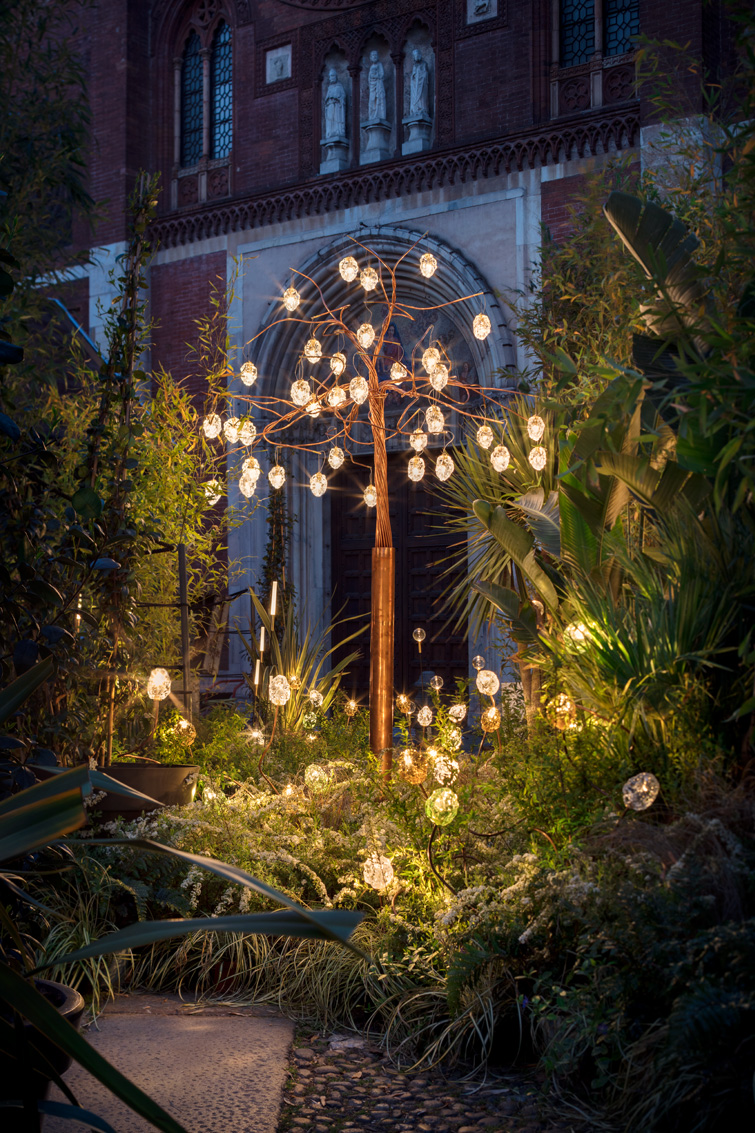indoor led lighting

Indoor LED lighting refers to the use of LED (Light Emitting Diode) expertise for illuminating the inside spaces of homes, places of work, commercial buildings, and numerous indoor environments. LED lighting has gained widespread reputation for indoor purposes as a end result of its vitality effectivity, longevity, versatility, and high quality of sunshine. Here are some key considerations and advantages of indoor LED lighting:
Benefits of Indoor LED Lighting:
Energy Efficiency:
LED lights are extremely energy-efficient, consuming significantly less electrical energy compared to conventional incandescent and fluorescent lights. This results in lower vitality bills and reduced environmental influence.

Longevity:
LED lights have an exceptionally long lifespan, often lasting 25,000 to 50,000 hours or extra. This reduces the need for frequent replacements, saving each money and time.
Instant Lighting:
LEDs provide immediate illumination when turned on, with no warm-up time required. They attain full brightness instantly, making them suitable for purposes where instant lighting is required.
Cool Operation:
LEDs emit little or no heat compared to incandescent and halogen bulbs. This makes them safer to make use of, particularly in enclosed fixtures, and reduces the load on air con techniques.
Dimmability:
Many LED fixtures and bulbs are dimmable, permitting users to regulate the brightness to create the specified ambiance and save further power when full brightness is not wanted.
Color Temperature Options:
LEDs can be found in various color temperatures, from heat white (providing a comfortable, yellowish light) to cool white (offering a brilliant, bluish-white light). This versatility allows users to select lighting that fits their preferences and desires.
Color Rendering Index (CRI):
LEDs can achieve high CRI values, which suggests they precisely render colors compared to pure daylight. This is important for functions the place color accuracy is essential, similar to in art galleries, retail settings, and makeup areas.
Low UV Emissions:
LEDs emit minimal ultraviolet (UV) and infrared (IR) radiation, lowering the chance of injury to delicate materials, materials, and art work.
Versatility:
LEDs are obtainable in a variety of fixtures, together with recessed downlights, observe lights, pendant lights, strip lights, and extra. This permits for flexibility in designing and customizing indoor lighting schemes.
Smart Lighting Integration:
Many indoor LED lighting methods could be integrated into sensible residence or building automation systems. This allows distant management, scheduling, and customization of lighting to meet specific needs and preferences.
Task Lighting and Accent Lighting:
LEDs are ideal for process lighting in kitchens, places of work, and workspaces, offering focused illumination. They are also used for accent lighting to focus on architectural features, paintings, or decorative parts.
Nashville outdoor lighting company :
LED lighting contributes to power conservation and decreased greenhouse fuel emissions because of its low energy consumption and long lifespan. It additionally contains no hazardous supplies like mercury, which is present in some other kinds of lighting.
Indoor LED lighting has revolutionized inside lighting design, providing energy-efficient and versatile options for a extensive range of residential and industrial purposes. When selecting indoor LED lighting, contemplate components such because the supposed objective, desired ambiance, shade temperature, and CRI to create a well-lit and comfortable indoor setting..
